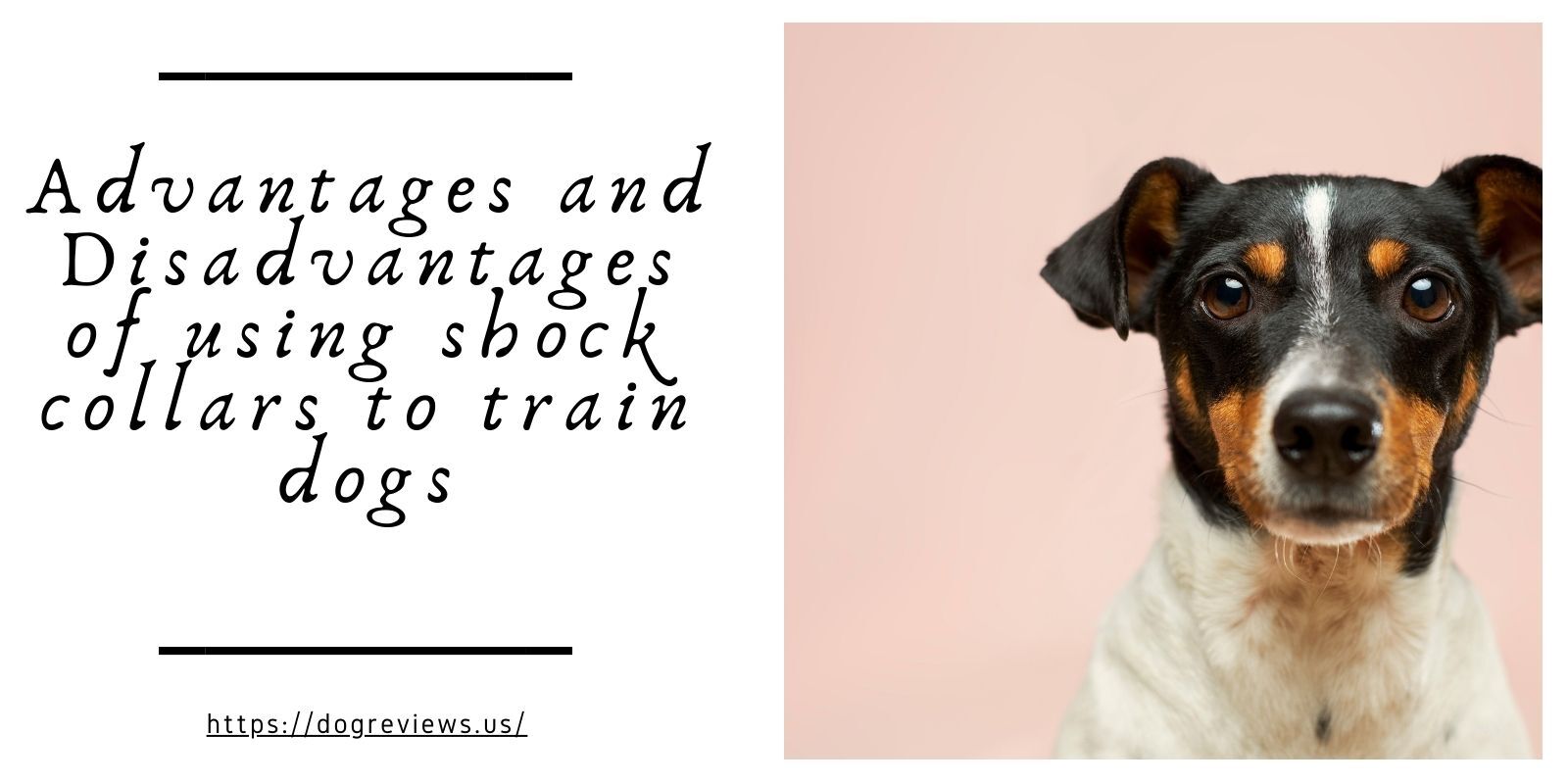Every dog owner who wants the best for their dogs will ask this question “Advantages and Disadvantages of using shock collars to train dogs” before buying shock collars. You may have considered purchasing the best dog training collar if you want to control your dog’s persistent barking or confine him in the yard.
Like any other dog correction method, shock collars have advantages and disadvantages. I always recommend dog owners understand how to use dog-training e-collars, also known as electronic collars, before starting to use them.
In this article, we will discuss in detail the pros and cons of using shock collars. It is up to you to choose the suitable method that works well.
Advantages of using shock collars
-
Variable shock levels
Shock collars have adjustable shock levels that vary depending on how your dog responds to the shock. Stubborn dogs may require more intense shocks, whereas small dogs can respond to less severe shock levels. Other types of collars, like no-bark collars, are not adjustable.
-
Effective
Some people report that using shock collars took a few days to change their dog behavior. Afterward, the dog responds to a beep or collar vibration. Containing dogs in the yard is much easier using shock collars.
-
Reliability
Collars are more reliable than any other dog training method. You do not have to be present for them to function. For example, if your neighbors complain your dog barks a lot when you are away, no bark collars can help you.
Collars are helpful to create a boundary for your dog. They can be left in their area and remain there until you return.
-
Affordable
Dog collars are very affordable. Depending on your budget, you can get a dog collar that suits your needs.
Disadvantages of using shock collars
-
Electric shocks
Many pet owners are not comfortable using shock collars on their dogs. What comes to their mind when they hear about shock collars? They think it is an unsafe, humane, and painful dog-training method; therefore, it is a harmful reinforcement method.
Negative training methods are not the best for dog behavior change. Positive reinforcement with rewards is the most preferred method.
-
Infuse fear in dogs.
Shock collars can make dogs fear objects, people, or situations that may be associated with collars. For example, your dogs may refuse to leave a yard contained in an electric fence because they fear getting shocked. They will end up urinating and relieving in the yard.
-
No dog reward
Dog collars only respond to destructive behaviors, like when the dog barks or goes against the safe wireless fence boundary. They cannot be rewarded when the dog obeys your commands.
Conclusion
Dog collars are not humane, nor do they hurt your dog. If used correctly, they can help you train your dog and correct bad behavior. Don’t use shock collars to teach new dog commands; you can use them to reinforce already learned commands.
